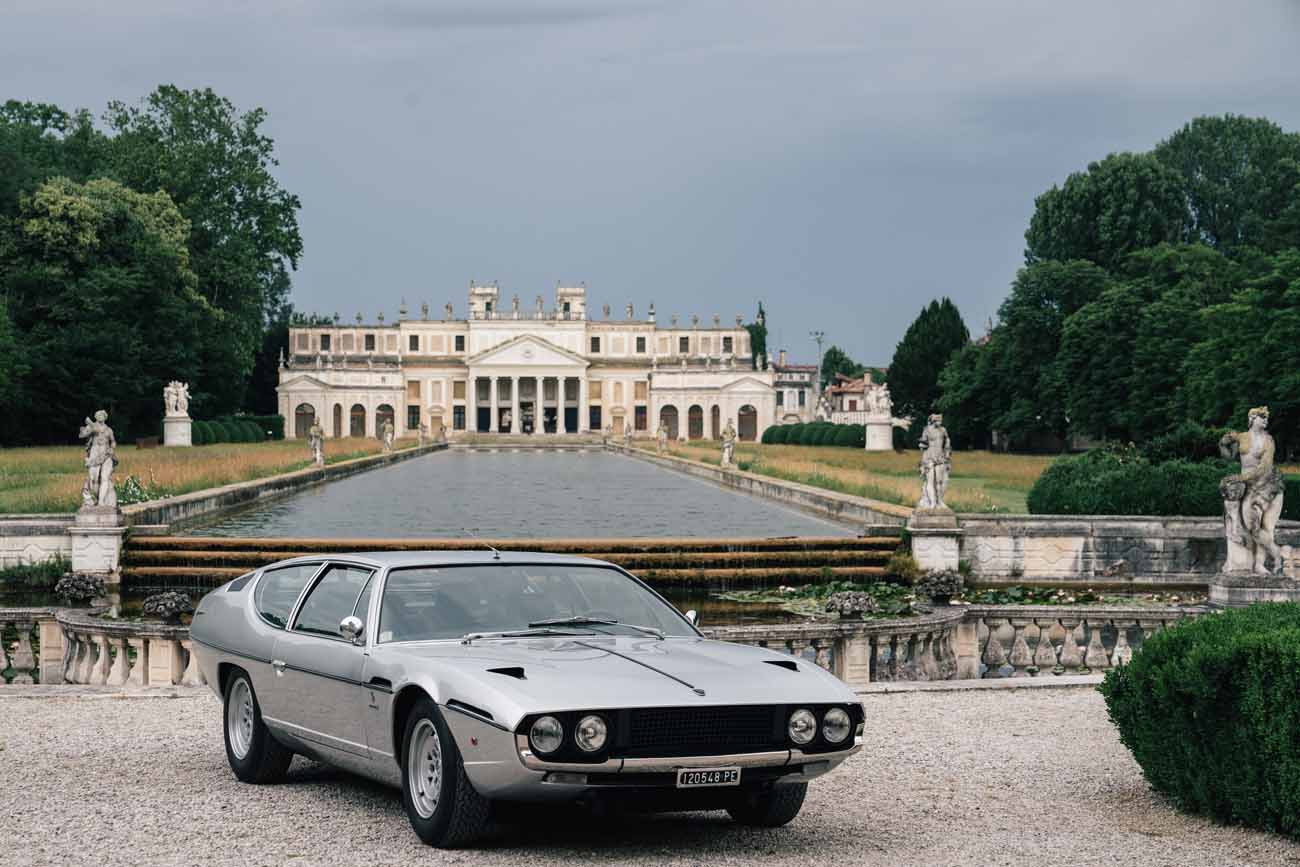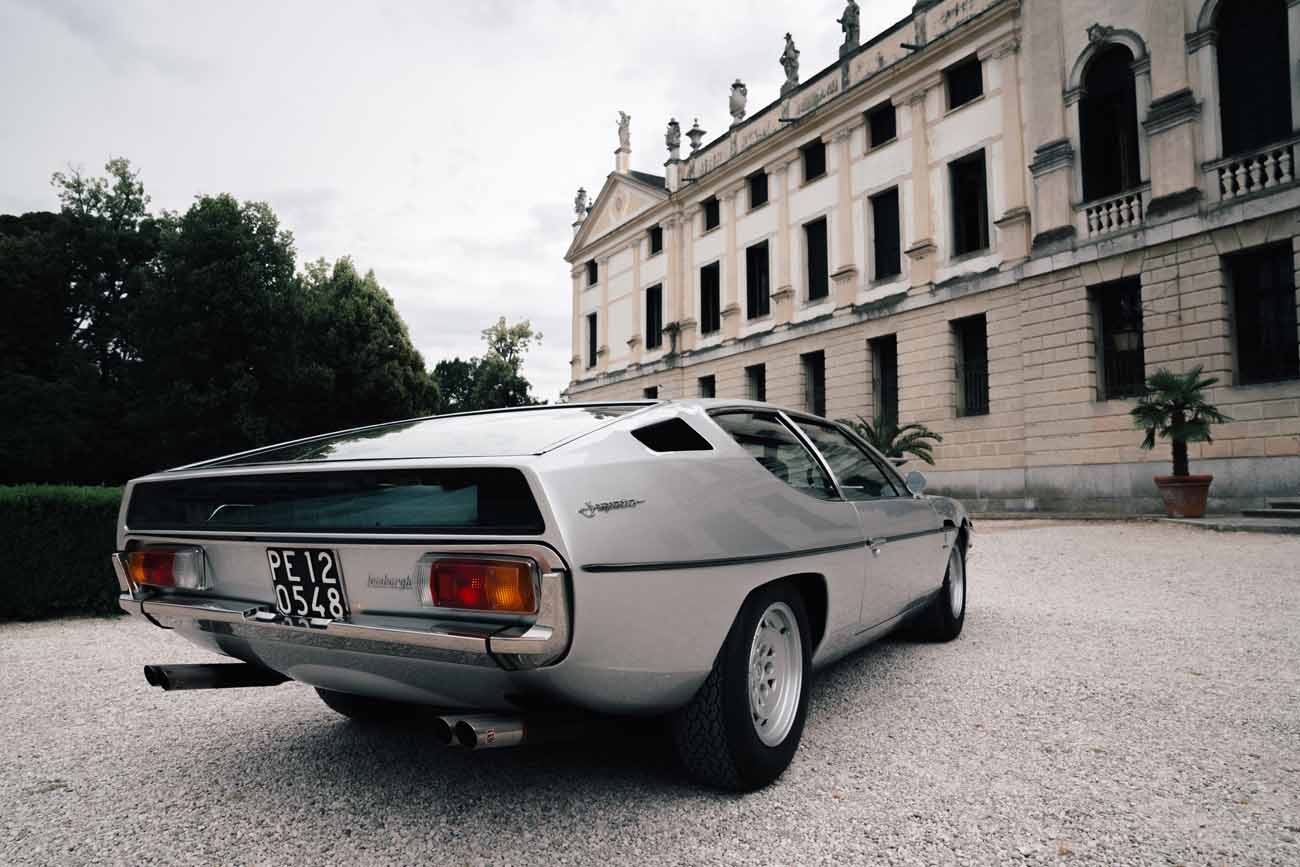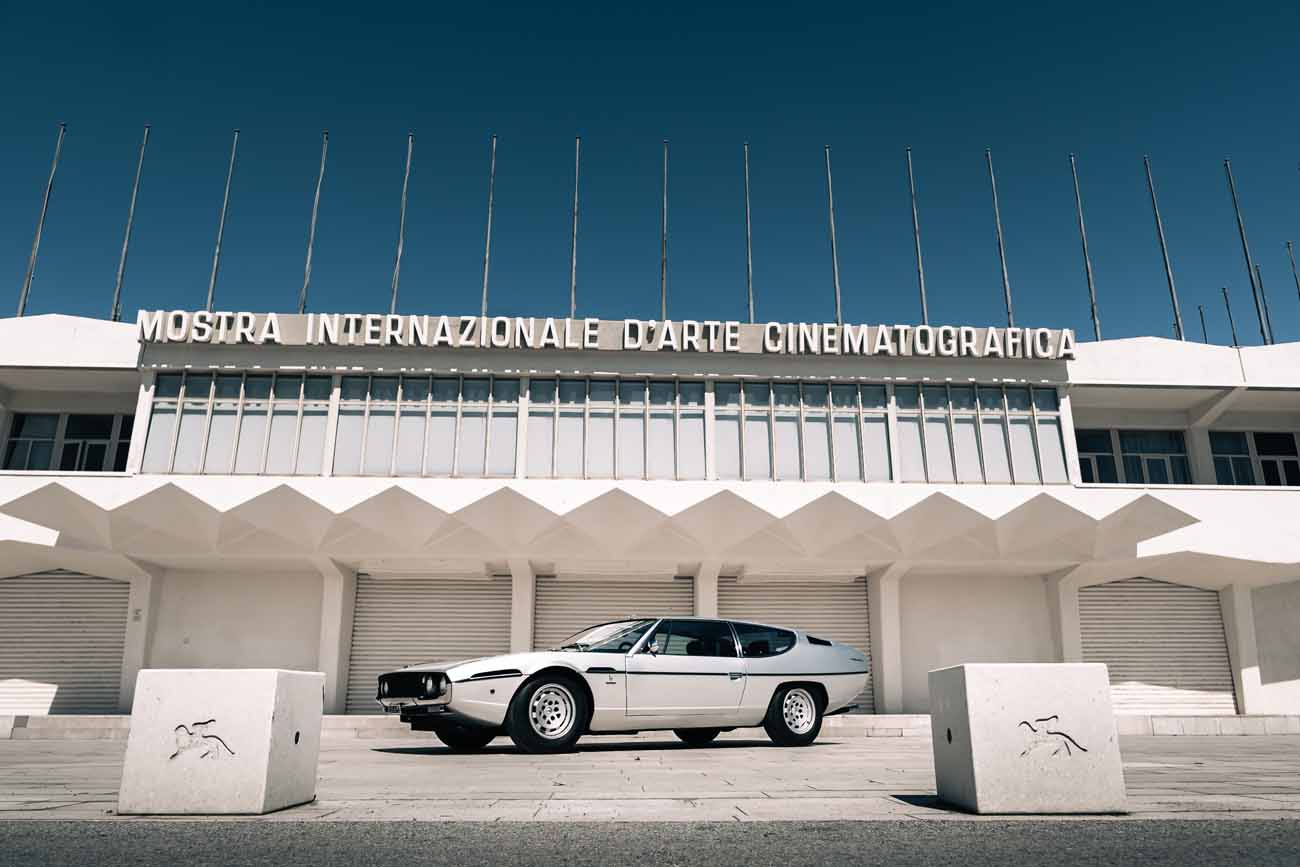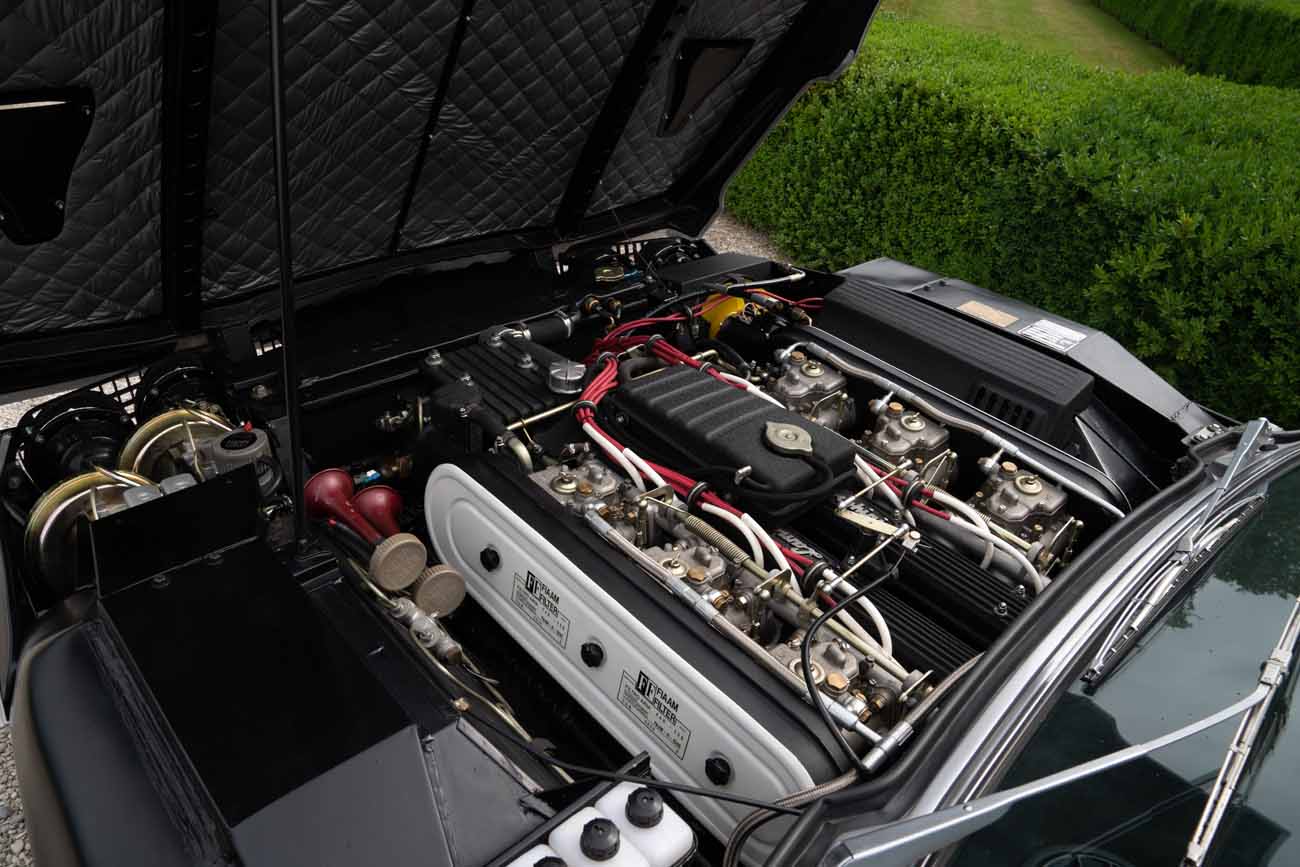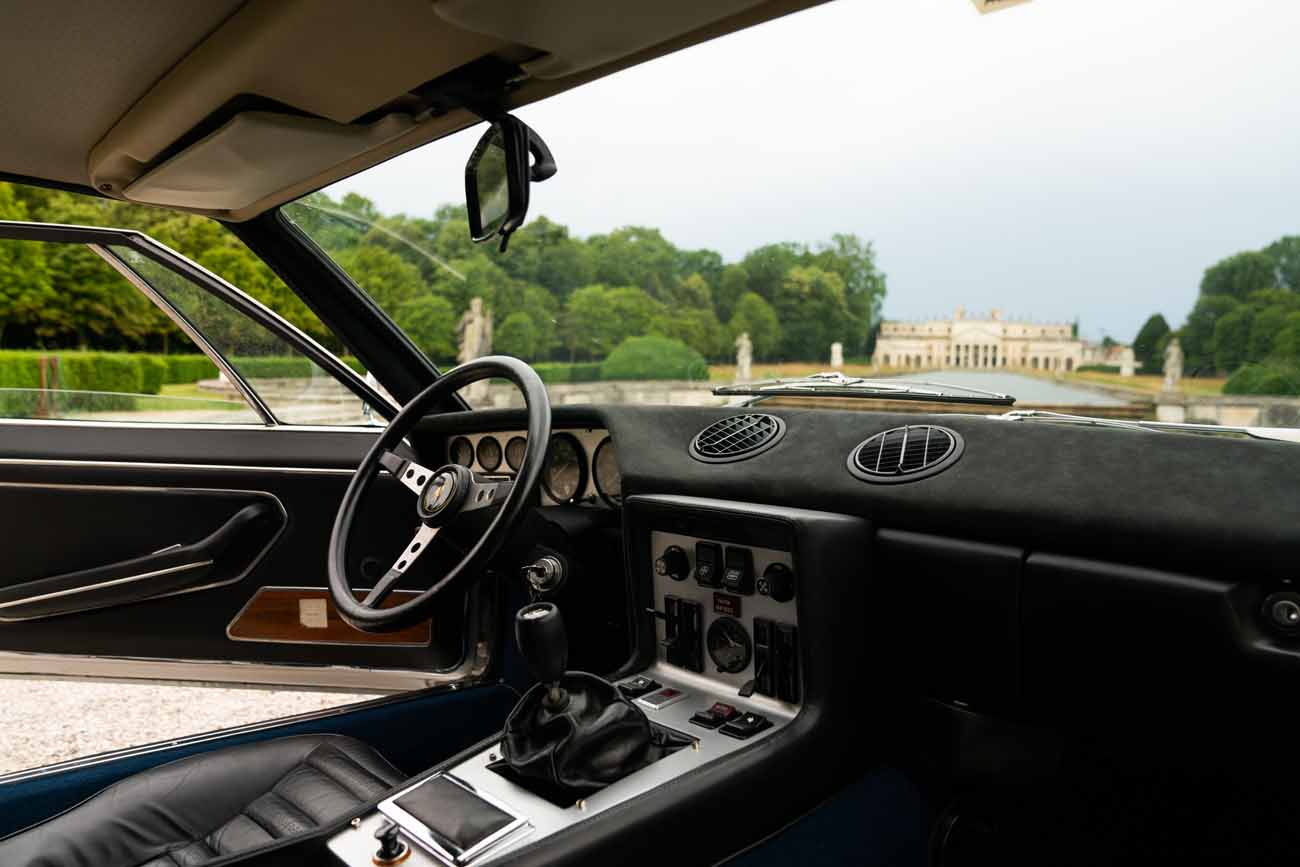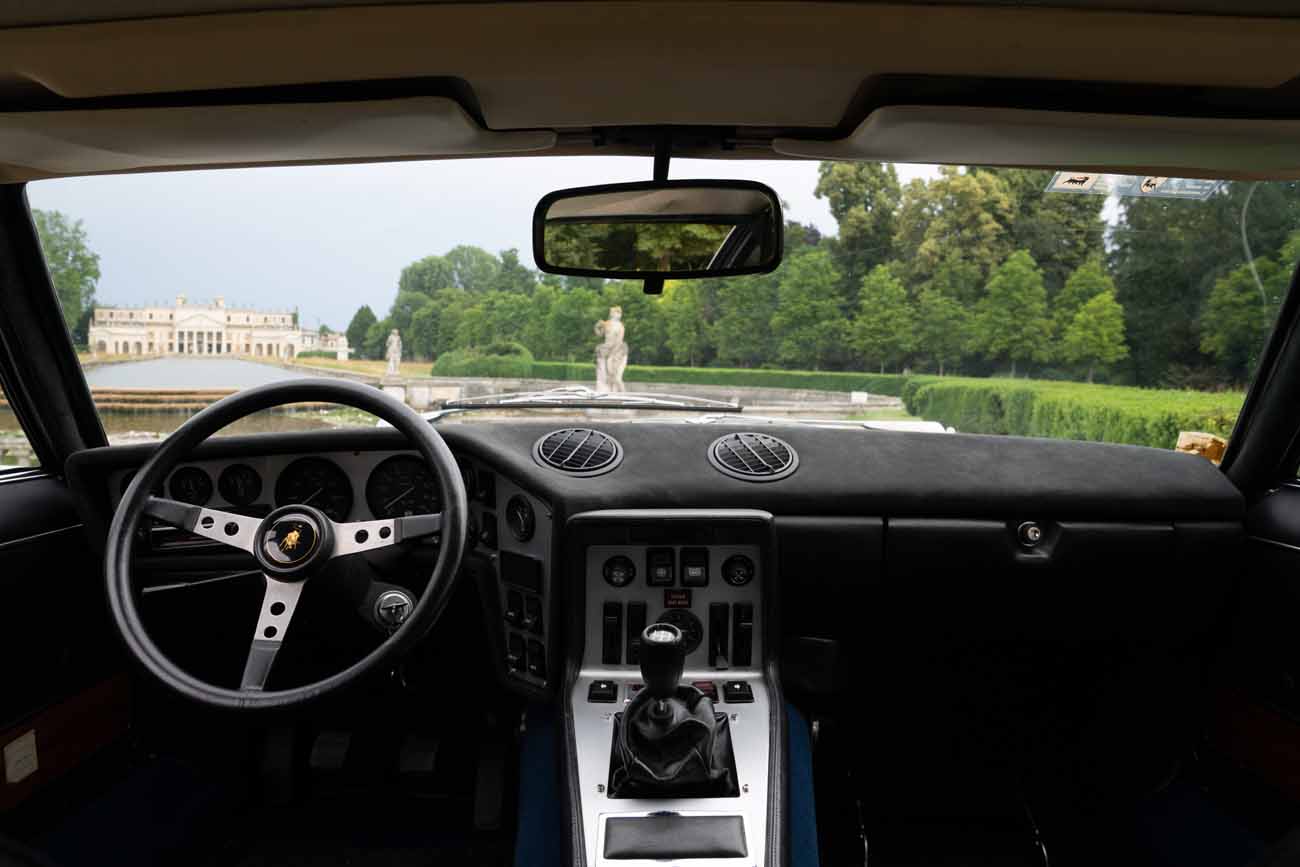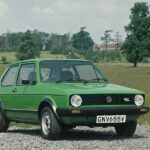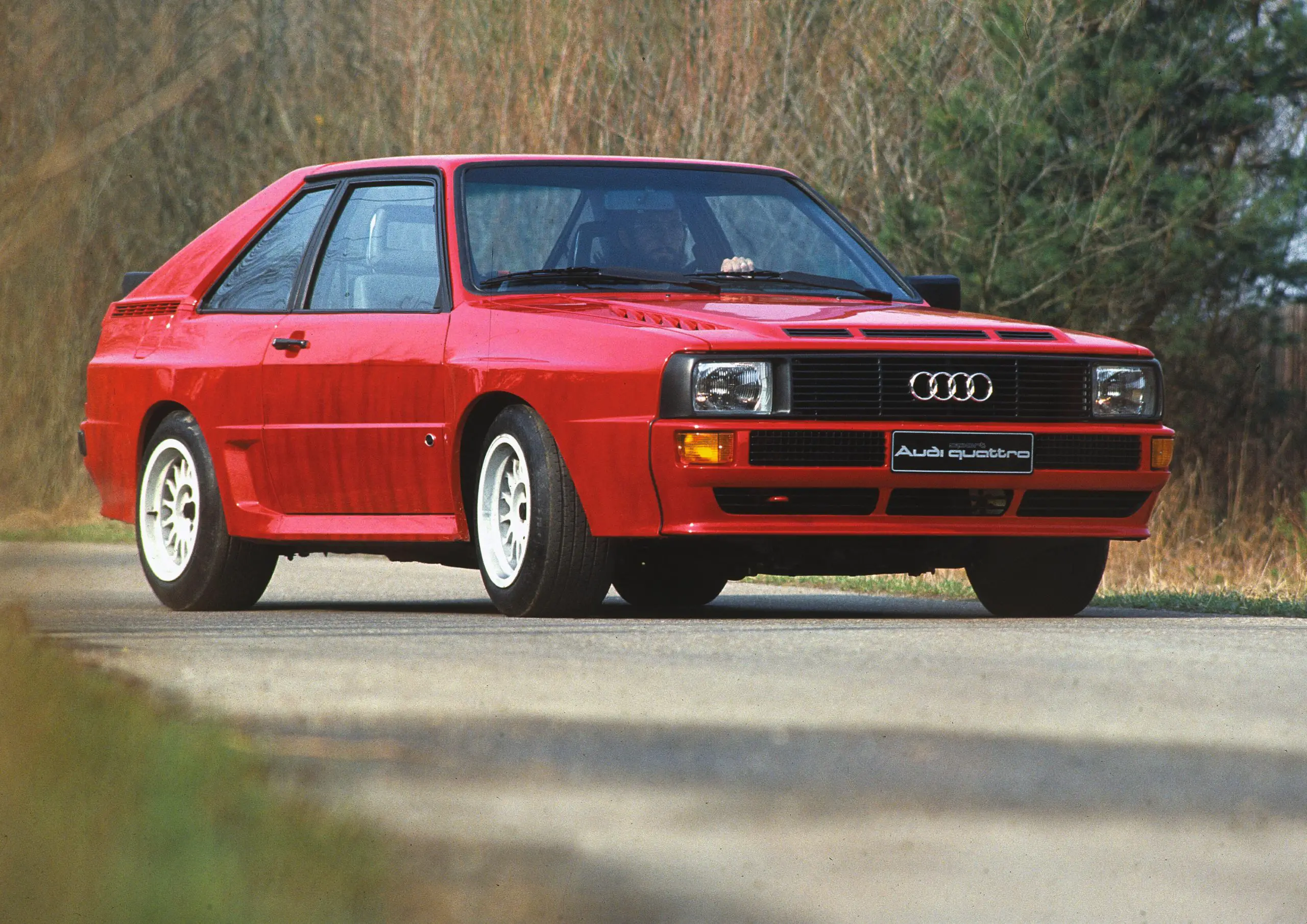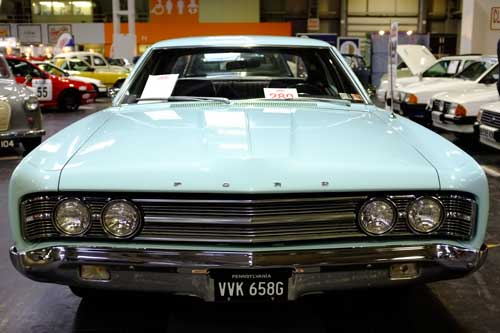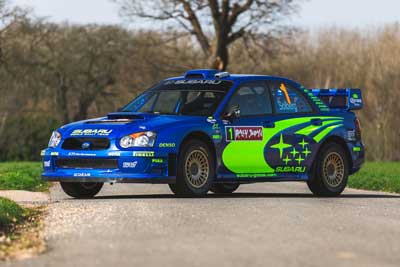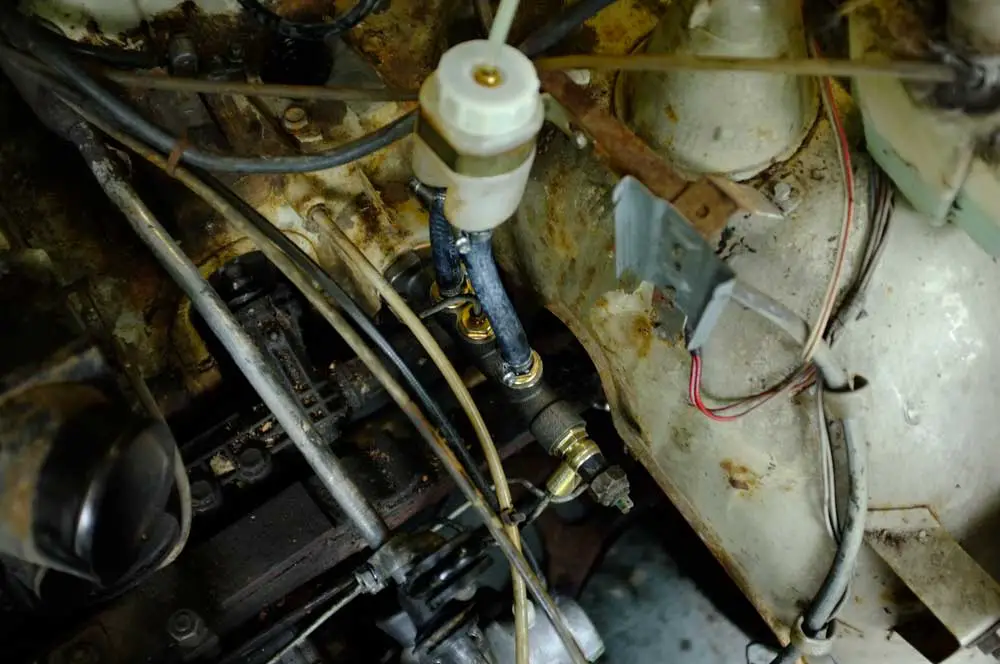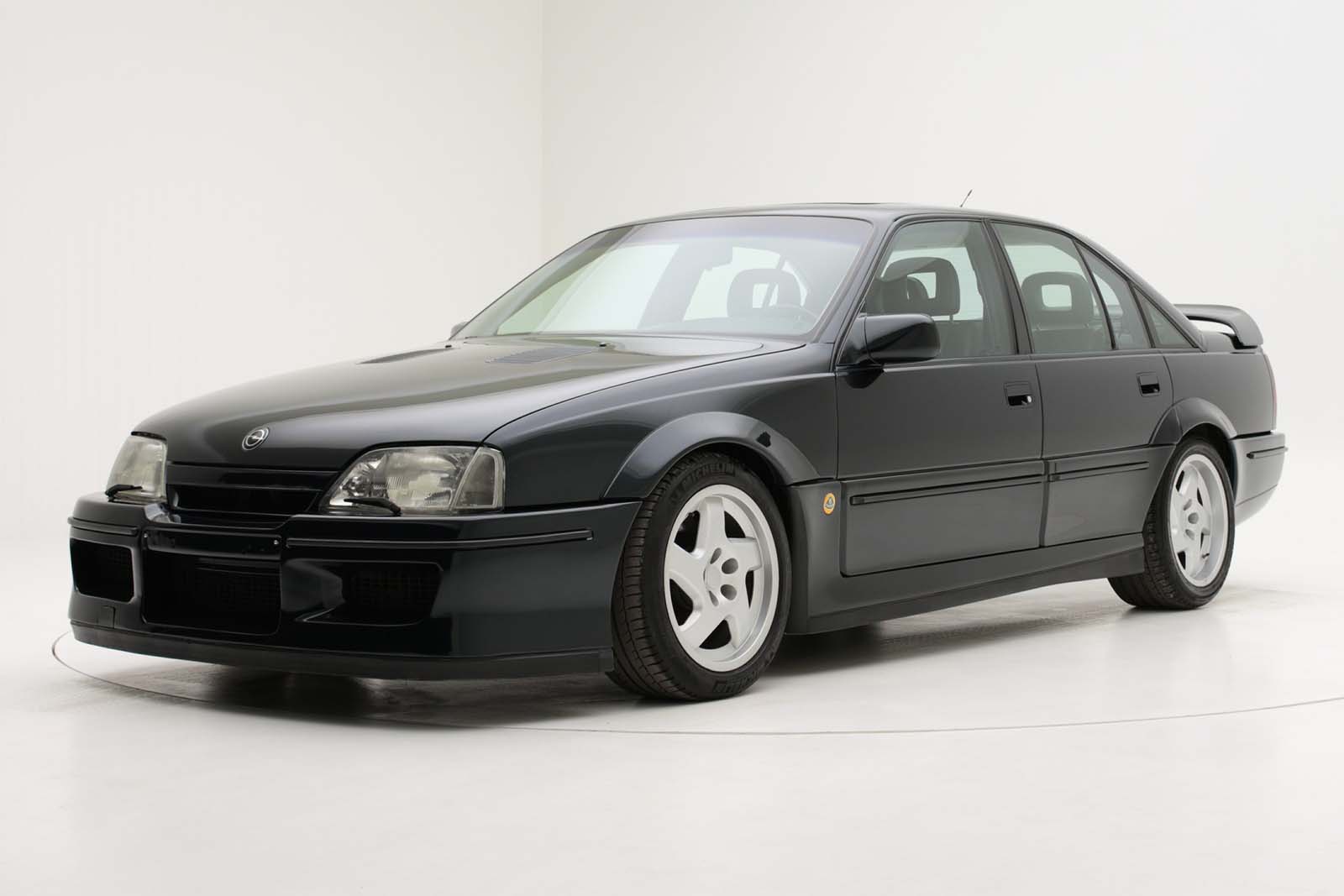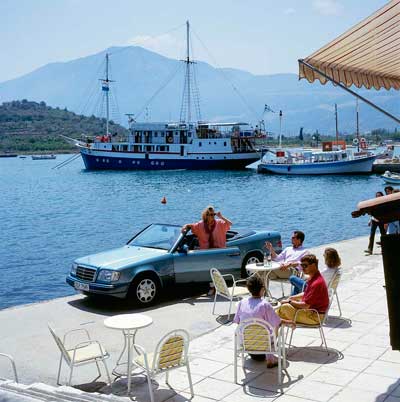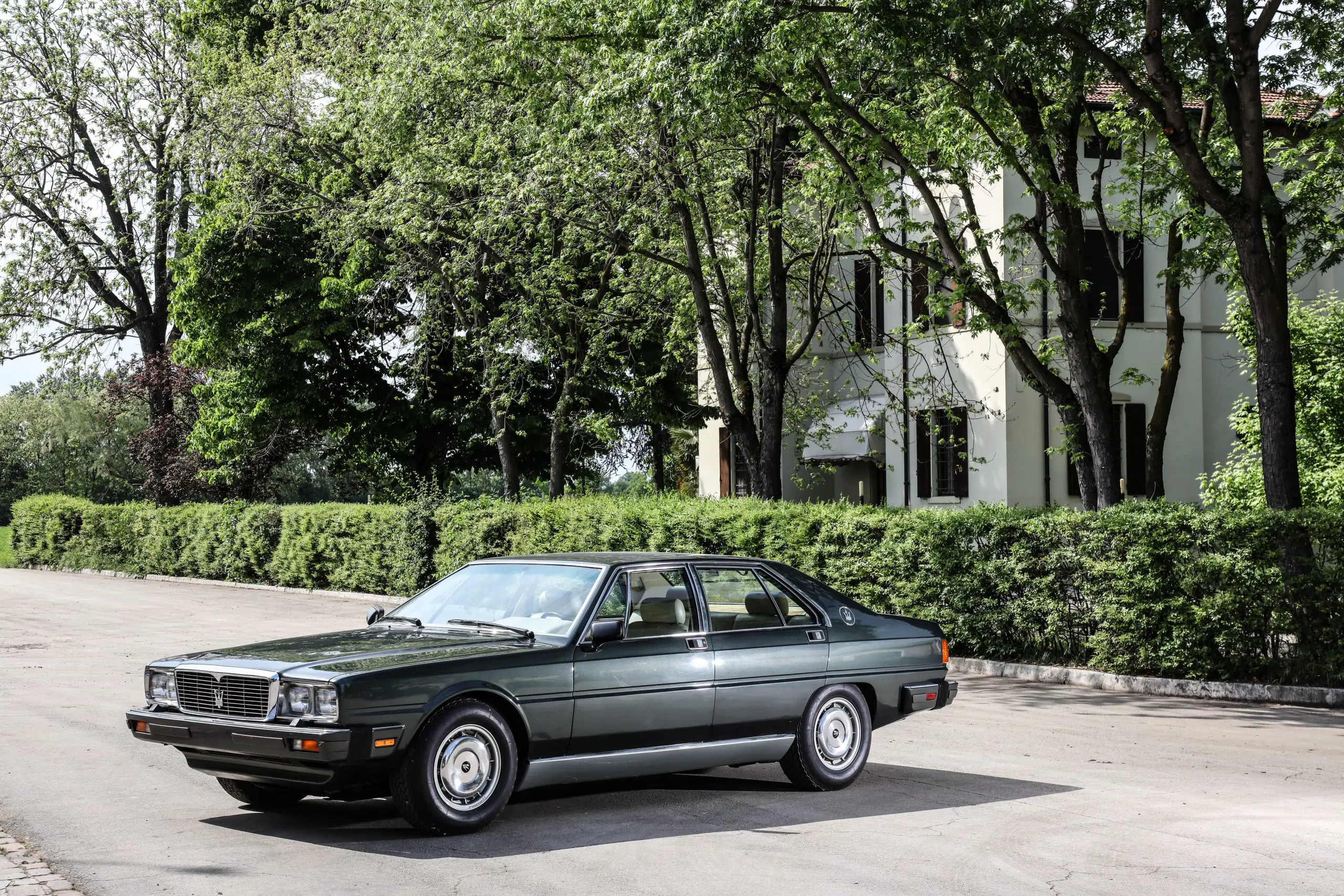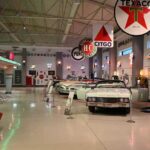
Lamborghini Espada 400 GT In 1969 Was The First Full Four Seater Made In Sant’Agata Bolognese
Back in 1969 the Lamborghini Espada 400 GT became the first full four seater from the Italian marque and featured the V12 from the Miura up front.
2022 sees Lamborghini celebrating their legendary V12 engine that has been the mainstay of their iconic supercars for nearly 60 years. the Espada that featured this very engine was the biggest selling model for many years. The approach to technical innovation with the front mounted 4 litre engine meant that the Espada was always a fast grand tourer, even with the size increase over its V12 descendants.
Ferrucio Lamborghini set out with the aim to produce the fastest and most luxurious and comfortable grand tourer you could buy. At the start of his foray into automobile manufacture it was always his aim to do just that. Making a sports car that was not just fast but comfortable and luxurious at the same time.
The Espada concept embodied that vision, using tried and tested mechanicals found in the Miura and the 350 and 400 G, but the Miura was a 2 seater, and the 350 / 400 were 2+2 and didn’t quite fit that original brief.
In March 1968 Lamborghini unveiled the Espada 400 GT which perfectly fitted this ideal and did so for over a decade. Being able to comfortably seat four adults and it had more passenger and luggage space than the predecessor, 400 GT 2+2. Additionally, the Espada was exceptionally well finished using large amounts of leather and a higher standard of cabin materials than before.
There was the option of having air conditioning fitted and from 1969 power steering, which was standard from 1972 onwards. There was even a semi-automatic transmission version from 1974.
Lamborghini Espada 400 GT V12 Engine
The 60° V12 first appeared in 1963 with a 3.5 litre displacement which was soon increased to 4 litres in 1964, 3929 cc. When first fitted to the Espada the power output was 325 hp at 7,200 rpm. In the Espada Series II this was further increased to 350 hp at 7,500 rpm, in 1970.
Fed by six Weber 40 DCOE side draft carburetors and driven by two chain driven overhead camshafts per bank. The initial compression ratio of 9.5:1 was increased to 10.7:1 for the Series II.
The engine weighed jut 232 kg thanks to the use of aluminium for the cylinder heads but also the crankcase and the pistons.
Mounted further forward compared to the 350 / 400 GT to allow for the additional room in the interior. It was also easy to access thanks to the large opening aluminium hood.
Lamborghini Espada 400 GT Chassis
The chassis was developed from the 400 GT but grew in wheelbase to 2,650 mm and in width with the wheel track becoming 1,490 mm.
The Espada featured four wheel independent suspension with double wishbones and coil springs. In November 1968 Lamborghini displayed an Espada Lancomat with hydropneumatic suspension at the Turin Motor Show and could be built on demand but was selected by a handful of owners.
At the launch the Espada was considered to be a very fast grand tourer with top speeds reaching between 245 and 260 km/h depending on the generation and was reputedly capable of keeping up with the Miura in most conditions.
Lamborghini Espada - The Biggest Seller
The Espada was unveiled as the worlds fastest four-seat car. The boxy style shape was designed by Carrozzeria Bertone and became a long lasting commercial success.
Even with a hght of just 1,119 mm, the interior had a roominess about it and overall a degree of practicality and lent it to more frequent use and increaasing customer appeal.
The total of 1,226 cars were produced across the three series.
176 of the Espada 400 GT Series I were produced between 1968 and 1969.
578 of the Espada 400 GTE Series II wer produced between 1968 and 1969.
472 Espada 400 GTS Series III were produced betwwwn 1972 and 1978 representing the longest production run, but not the largest.
Remember, Lamborghini were a low volume manufacturer back in the 1960s and 70s, so these were significant numbers.
There was an even more upmarket version of the Espada, the VIP which was based on the 400 GTE Series II.
Just 12 of these were produced, the first of which came in a special orange paint with orange and black leather upholstery. Later the cars could be had in other combinations.
Inside the Espada VIP had a mini bar and refrigerator in the rear side panels and a Brionvega Algol 11 television on top of the transmission tunnel for the rear seat passengers.
Naturally the VIP is the most sought after Espada among collectors, if one can be found that is.
Lamborghini Espada - Famous Owners & Movies
One of the most famous was Paul McCartney, who’s Espada literally made a splash.
The red over red Series III manual transmission car was often driven by his wife Linda, who once forgot to apply the handbrake. The car unfortunately rolled into a pond where it sat for three days. Later it was sold to new owners who used it for many years. Later it was used in a pub in England as decor and then sold in 2005 to an enthusiast and thought to be in Austria.
Jay Leno has been an Espada fan for many years has owned one of the first Series II Espadas for many years.
Harry Metcalf of EVO magazine has owned one too for many years. His right hand drive 1970 model has been to the Espada and Islero 50th Anniversary initiative organized by Automobili Lamborghini Polo Storico in 2018 and has been subjected to quite a bit of work of late and some big bills.
If you want to see the Espada on the big screen, then the 1973 Italian film Flatfoot starring Carlo Pedersoli, who was better known as Bud Spencer, pursued an Espada to the Church of Sant’Antonio a Posillipo through a series of hairpin bends. Bud Spencer films are often worth watching anyway.
Lamborghini Espada 400 GT Gallery
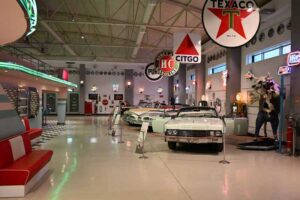
Ural Ataman Classic Car Museum – Istanbul, Turkey
This has to be one of the nicest private collections I have seen, the Ural Ataman Museum in Istanbul, turkey has not only a wide
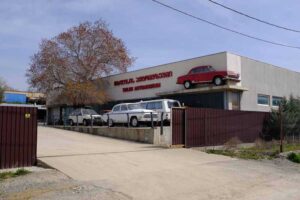
Tbilisi AutoMuseum Car Museum – Georgia
You may not have heard of this, but the small car museum in Tbilisi Georgia really has quite a lot to see. Buried in an
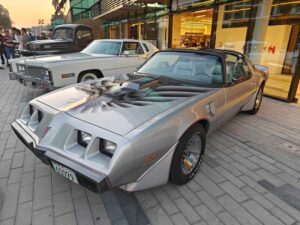
Bahrain Bike Week Classic Car Show December 2024
Bahrain Bike Week is the biggest event of its kind in the Middle East and the 2024 one was no exception. It’s not just the
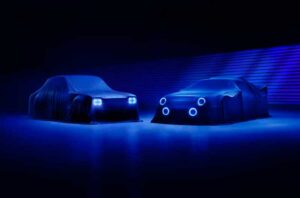
Ford Motor Company Bring Back Group 5 Mk1 Escort & Group B RS200 With The Help Of Boreham Motorworks
Ford have granted a licence to Boreham Motorworks, a division of the DVRN Automotive Group, to produce new versions of not just the Mk1 Escort
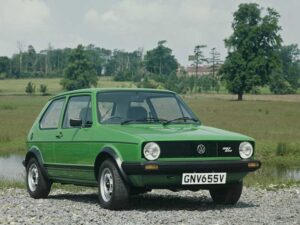
The VW Golf At 50 Years Old
Europe’s number 1 selling car the VW Golf has reached 50 years old this year, starting production on the 29th of March 1974. In
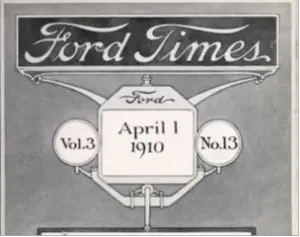
Ford’s Heritage Vault Makes The Ford Times Magazine Available To The Public
Ford’s expansion through the early 20th century was something to behold, the rapid growth of the company and the success of the Model T led
